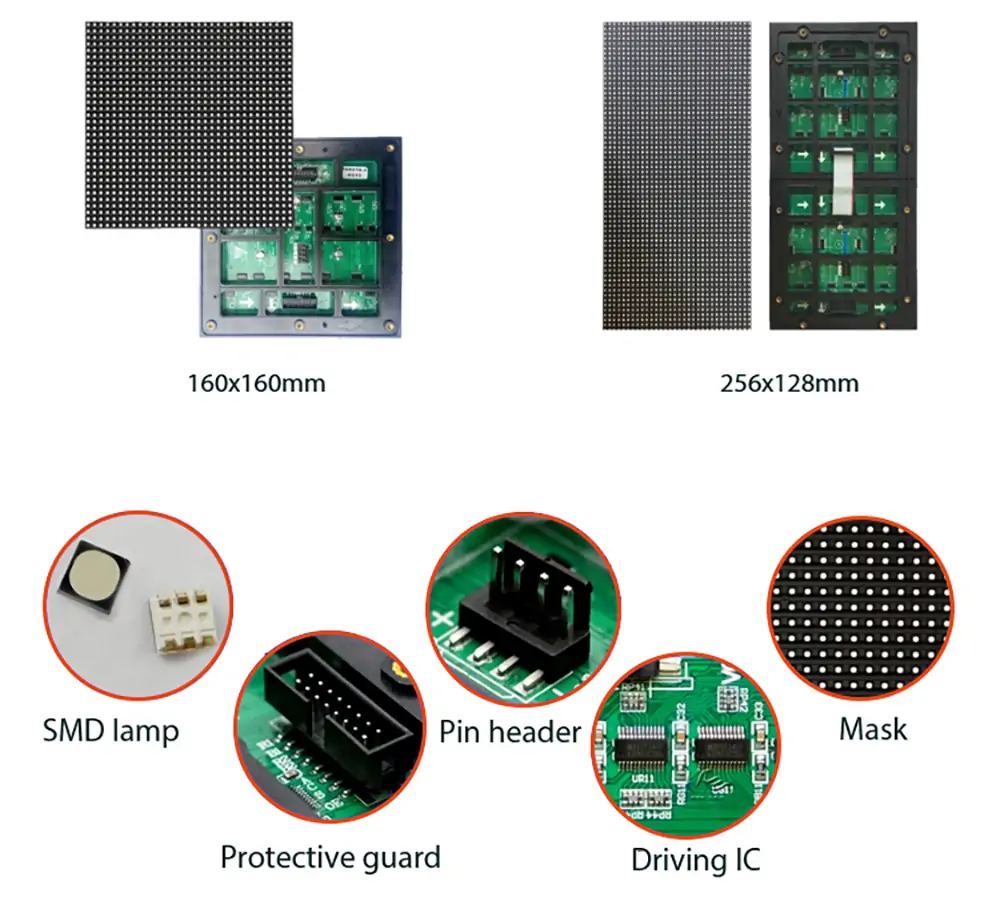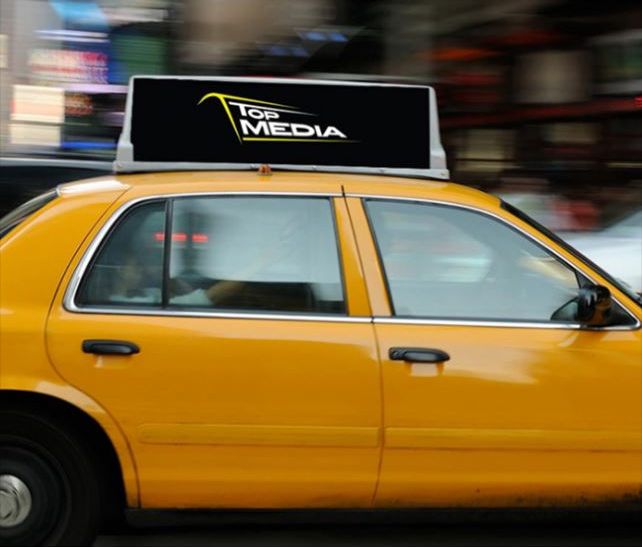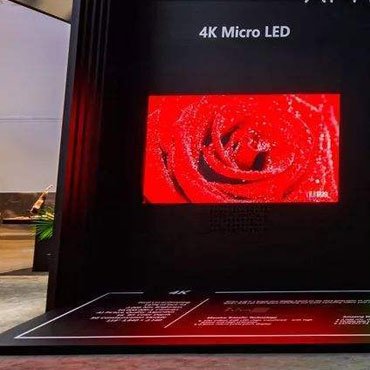There have been many types of LED screens, and their main purpose is to adapt to different usage scenarios. For example, the small-pitch display screens we often hear are mainly used in some monitoring rooms, conference rooms, etc. The target is some high-end LCD monitors, so it has occupied some of the high-end monitor market.
There are also display screens such as stage rental LED displays, which are also adapted to the stage exhibition of fluidity and timeliness, which is convenient for dismantling and transporting to another place after the performance. Therefore, different screens and different products correspond to different needs. Let’s take a look at the types of LED displays in detail.
The types of LED screen:
1. According to color classification
Single primary color display: single red or single white;
Two-color display: red and green two primary colors, 256 grayscale, can display 65536 colors;
Full-color display: red, green, blue three primary colors, 256-level gray-scale full-color display can display more than 16 million colors.

2, according to the composition of the pixel unit classification
Digital display: The display pixels are 7-segment digital tubes, which are suitable for making clock screens, interest rate screens, etc.;
Graphic display screen: The display pixel is a dot matrix module, which is suitable for playing text and image information;
Video display: The display pixels are composed of many light-emitting diodes, which can display various video files such as video and animation.
3. Classification according to the location of use
Indoor display: small light-emitting point, dense pixel pitch, suitable for close-up viewing;
Semi-outdoor display screen: between indoor and outdoor, not rainproof, suitable for information guidance on the lintel;
Outdoor display: large light-emitting point, large pixel spacing, high brightness, can work in the sun, with windproof, rainproof, waterproof functions, suitable for long-distance viewing.
4. According to the driving mode, there are static, horizontal scrolling, vertical scrolling and page-turning displays.
5. According to the application scenario
- Application on the roof of the taxi, called taxi roof screen
- Used in bars, KTV, and other places, called DJ screen
- Used on some trucks and trucks, called truck display
- The application on the store is called the door screen
- and many more
The above products will be expanded into longer names according to the actual application environment and display content, such as taxi roof screens, also known as outdoor taxi roof advertising screens. First, because taxis are mainly used in outdoor environments Second, because it is mainly used to display advertisements, it has such a name.


It is worth mentioning that many LED display manufacturers will add “PX”, and “P2.XX” to the front of the display because most products have a model, which is used to represent the visual distance of the product. , etc., such as P4 outdoor taxi advertising roof display, P5 outdoor taxi advertising roof display, and so on.
LED displays can be differentiated into so many types, which is inseparable from their advantages. Do you know what advantages LED display has? Let’s take a look at it together.
The advantages of LED display
1. Natural color reproduction
Utilizing the light-emitting mechanism of LED and the point-by-point correction technology, the color authenticity of the picture can be completely preserved, and the color loss and deviation of the picture caused by other display technologies, such as the material of the backlight projection and the light running path, can be completely avoided. True color reproduction.
2. High brightness intelligently adjustable
Because the brightness of the LED display itself is relatively high, in order to satisfy the strong light environment and the dark light environment, to give the viewer a more comfortable viewing effect and avoid visual fatigue, it can be used with the light sensing system to automatically adjust the brightness of the screen.
3. High refresh rate, faster response speed
The LED display screen is no exception as a commonly used electronic display screen product. The number of times the electron beam scans the image on the screen repeatedly. The higher the number of scans, the higher the refresh rate, and the better the stability of the displayed image. Just like when we play games, we generally choose a screen with a higher hertz, so playing games will feel the best

Conversely, if the refresh rate is low, the flickering and jittering of the image will be more severe, and the eyes will be fatigued faster. Under the high refresh rate of the LED display, the captured picture is stable, has no ripple black screen, clear image edges, and accurately restores the real information of the image itself.
4. High gray level for better color performance
Even at low brightness, the display screen can perfectly represent grayscale, and its displayed picture layering and vividness are much higher than other display devices and can show more details of the picture without loss of information.
5. Seamless stitching
Although there are many LCD splicing displays that can also be spliced, the impact of the frame on the picture quality cannot be avoided. Even an ultra-narrow LCD screen cannot avoid cracks after splicing, and the LED display can be spliced. After that, it can perfectly meet the requirements of seamless splicing.
6. Three-dimensional visual experience
When the customer chooses to make a 3D display screen, it will present a stunning high-definition image, which is impossible for display equipment. Therefore, whether it is live TV, exhibition display, or digital advertising, it can bring you the most vivid wonderful vision.
A good screen is able to “deceive” our visual system, to ensure that we can see more clearly, more delicately and more smoothly. LED has been widely valued and developed rapidly, which is inseparable from its own advantages. These advantages are summarized as high brightness, low operating voltage, low power consumption, miniaturization, long life, shock resistance, and stable performance.
The development prospects of LEDs are extremely broad. At present, LEDs are developing in the direction of higher brightness, higher weather resistance, higher luminous density, higher luminous uniformity, reliability, and full colorization. You will see more types of LED displays appear.




